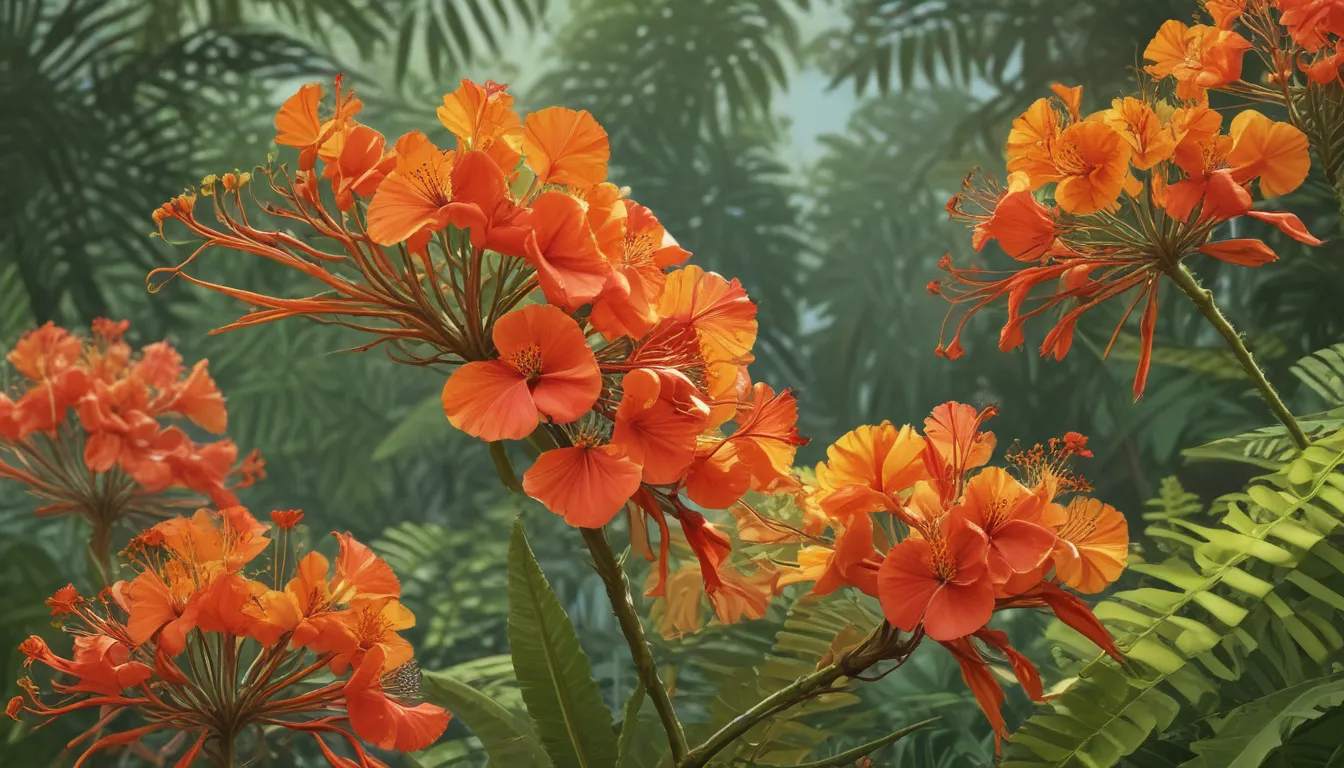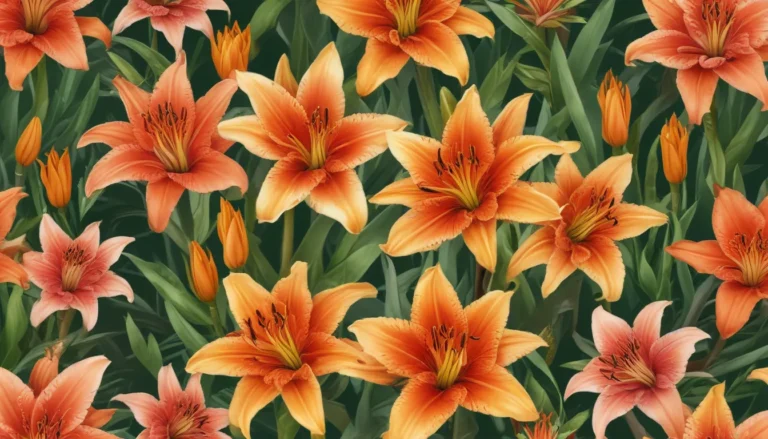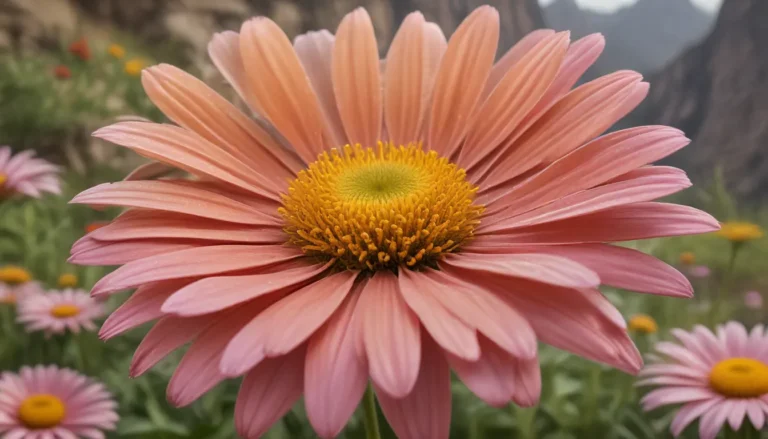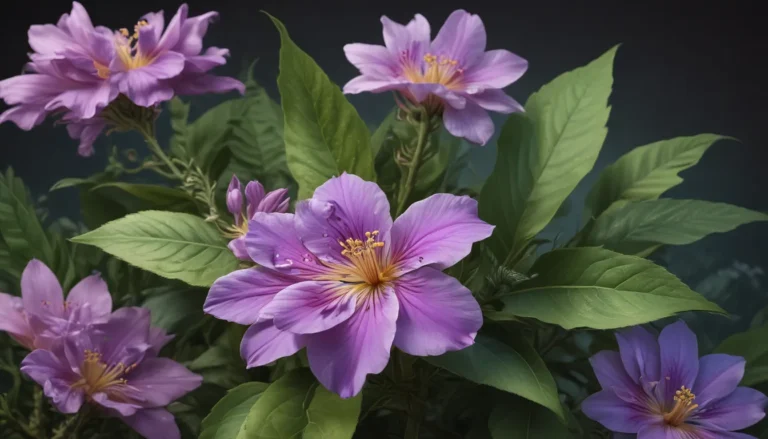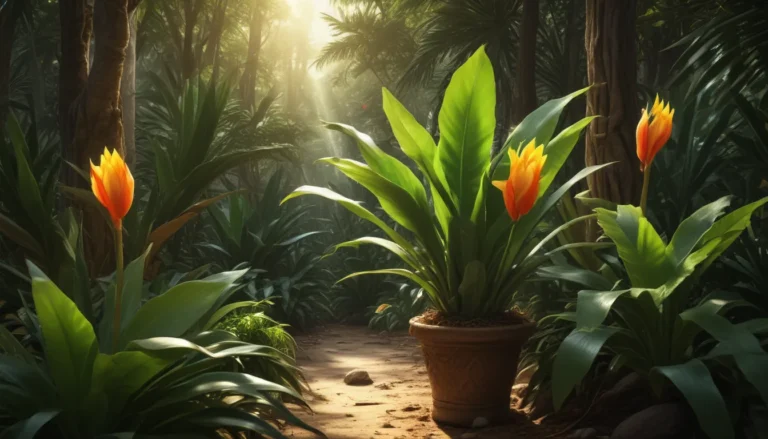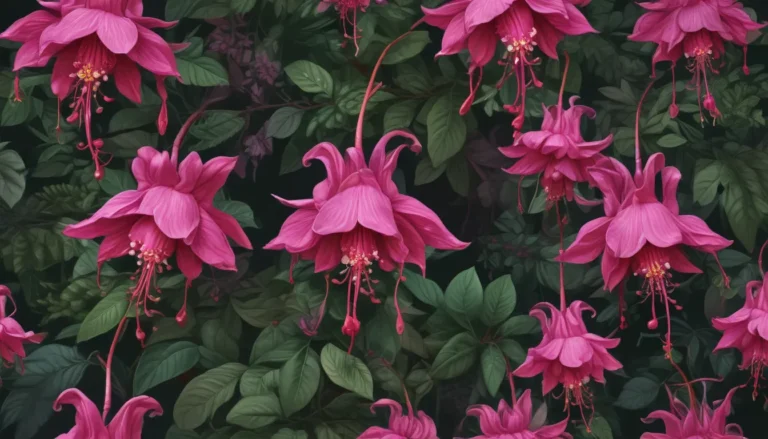The pictures we use in our articles might not show exactly what the words say. We choose these pictures to make you interested in reading more. The pictures work together with the words but don’t take their place. The words still tell you the important facts.
Embark on a journey through the vibrant world of the Pride of Barbados, scientifically known as Caesalpinia pulcherrima. This stunning flowering plant hails from the tropical regions of the Americas, captivating admirers with its dazzling colors and unique traits. Beyond its aesthetic appeal, the Pride of Barbados holds cultural significance and boasts medicinal properties that add to its allure.
Unveiling the Splendor of the Pride of Barbados
Let's delve into the enchanting realm of the Pride of Barbados and unearth 14 incredible facts that showcase the extraordinary nature of this plant. From its fiery-red blossoms to its resilience in adverse conditions, the Pride of Barbados proves to be more than just a decorative addition. Join us as we uncover its captivating qualities, explore its rich history, and unravel the symbolism associated with this remarkable species.
Key Highlights:
- The national flower of Barbados, the Pride of Barbados, features vibrant blooms that thrive year-round in warm climates, attracting pollinators and fostering positive energy and good luck.
- With its blend of medicinal history, cultural significance, and ornamental appeal, the Pride of Barbados emerges as a hardy, low-maintenance plant that can be propagated from seeds or cuttings, making it a splendid choice for butterfly gardens.
The National Emblem of Barbados
Embracing a pivotal role as the national flower of Barbados, the Pride of Barbados, also known as Caesalpinia pulcherrima, embodies cultural and symbolic significance within the country.
A Member of the Fabaceae Family
Belonging to the esteemed Fabaceae family, commonly referred to as the pea family, the Pride of Barbados finds its place among various legumes and flowering plants.
Native Splendor
Originating in the tropical regions of the Americas, including the Caribbean, Central America, and parts of South America, the Pride of Barbados boasts a vibrant presence.
Blooms of Splendor
The Pride of Barbados enchants with its vivid and eye-catching flowers, displaying hues of orange, yellow, and red, often accentuated by touches of pink.
Ever-Blooming Beauty
Thriving in warm climates, the Pride of Barbados graces landscapes year-round with its continuous blossoms that infuse gardens with a burst of color.
Pollinator Paradise
Drawing an array of pollinators with its vibrant colors and nectar-rich flowers, the Pride of Barbados becomes a welcoming haven for bees, butterflies, hummingbirds, and other pollinating creatures.
Harnessing Healing Properties
Delving into traditional medicine, various components of the Pride of Barbados plant, including leaves, flowers, and seeds, have been utilized for their potential medicinal benefits.
Weathering the Elements
Showcasing its resilience, the Pride of Barbados flaunts a drought-tolerant nature, capable of enduring dry spells with ease, making it a hardy and low-maintenance plant choice.
Cultural Reverence
Embedded with cultural significance in Barbados, the Pride of Barbados often serves as a symbol of pride and vivacity in artworks, attire, and festive celebrations.
Emissary of Positivity
In certain cultural beliefs, the presence of a Pride of Barbados plant near one's home or garden is believed to bring about positive energy and good fortune.
Ornamental Elegance
Gaining recognition for its ornamental value, the Pride of Barbados stands out as a favored option for beautifying gardens and landscaping endeavors.
Propagation Pathways
Seeking to cultivate your own Pride of Barbados? Look to seed propagation or cutting techniques to propagate this captivating plant, allowing you to expand your green sanctuary.
Butterfly Haven
Adored by butterflies for its nectar-rich flowers, the Pride of Barbados proves to be an exceptional addition to butterfly gardens, enticing these delicate creatures with its floral bounty.
Global Monikers
While commonly known as the Pride of Barbados, this vibrant plant boasts an array of names worldwide, including Red Bird of Paradise and Peacock Flower.
Conclusion: Embracing Nature’s Splendor
In conclusion, the Pride of Barbados emerges as a true botanical marvel, weaving together a tapestry of history, beauty, and significance. Whether you're an avid gardener or a nature enthusiast, this plant offers a wealth of fascination. From its ability to attract butterflies and birds to its drought tolerance and minimal upkeep requirements, the Pride of Barbados exudes charm and versatility. Consider welcoming this captivating species into your garden to infuse your outdoor space with a touch of nature's enchantment.
FAQs: Nurturing Your Pride of Barbados
Curious about caring for your Pride of Barbados? Explore these frequently asked questions to enhance your knowledge and ensure the flourishing of your cherished plant:
-
Q: How tall can the Pride of Barbados grow?
A: The Pride of Barbados can reach heights of up to 10 feet, making it a majestic addition to any landscape. -
Q: What soil conditions does the Pride of Barbados prefer?
A: Opt for well-draining soil that can accommodate both acidic and alkaline environments to cater to the plant's needs. -
Q: How often should I water my Pride of Barbados?
A: Once established, the plant displays drought tolerance and necessitates watering only during prolonged dry periods, typically every 7-10 days. -
Q: Can the Pride of Barbados thrive in containers?
A: Yes, the plant can flourish in containers, provided you select a sufficiently spacious container to accommodate its root system. -
Q: Does the Pride of Barbados require pruning?
A: Regular pruning, ideally conducted in late winter or early spring, aids in maintaining the plant's shape and stimulating fresh growth. -
Q: Can I propagate the Pride of Barbados from cuttings?
A: Yes, you can propagate the plant from cuttings by taking a 4-6 inch stem cutting and planting it in a well-draining potting mix.
Dive deeper into the world of tropical floral marvels with our exploration of the Peacock Flower, uncovering surprising facts and captivating characteristics that elevate this plant to a true wonder of nature.
Elevating Your Learning Experience
We strive to deliver reliable and engaging content that enriches your understanding and appreciation of the natural world. Each fact shared on our platform is contributed by users like you, ensuring a diverse range of insights and information. Our dedicated editors meticulously review each submission, upholding the highest standards of accuracy and credibility to provide you with a trustworthy source of knowledge. Explore and discover with us, knowing that our commitment to quality and authenticity guides every step of your learning journey.
